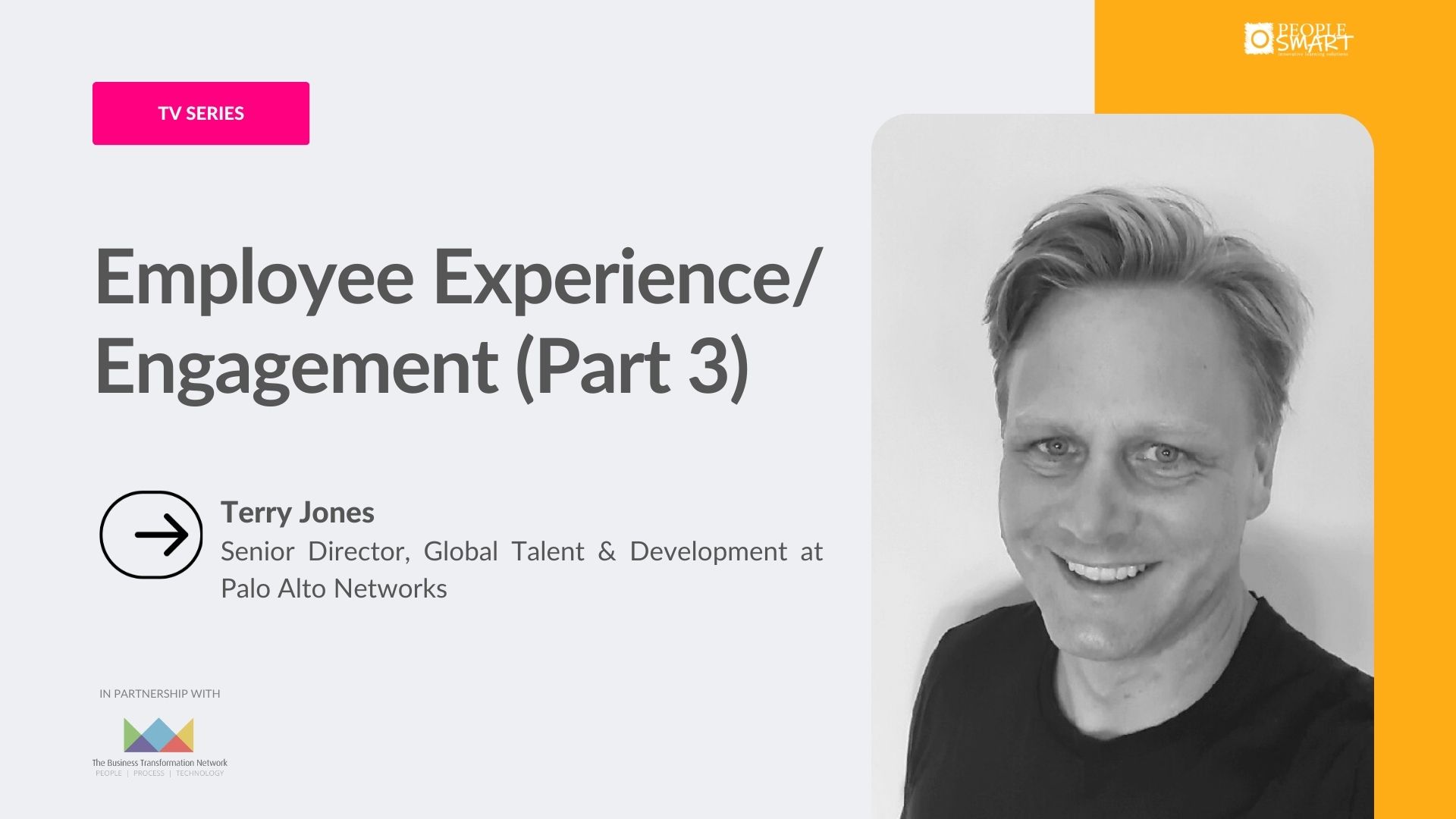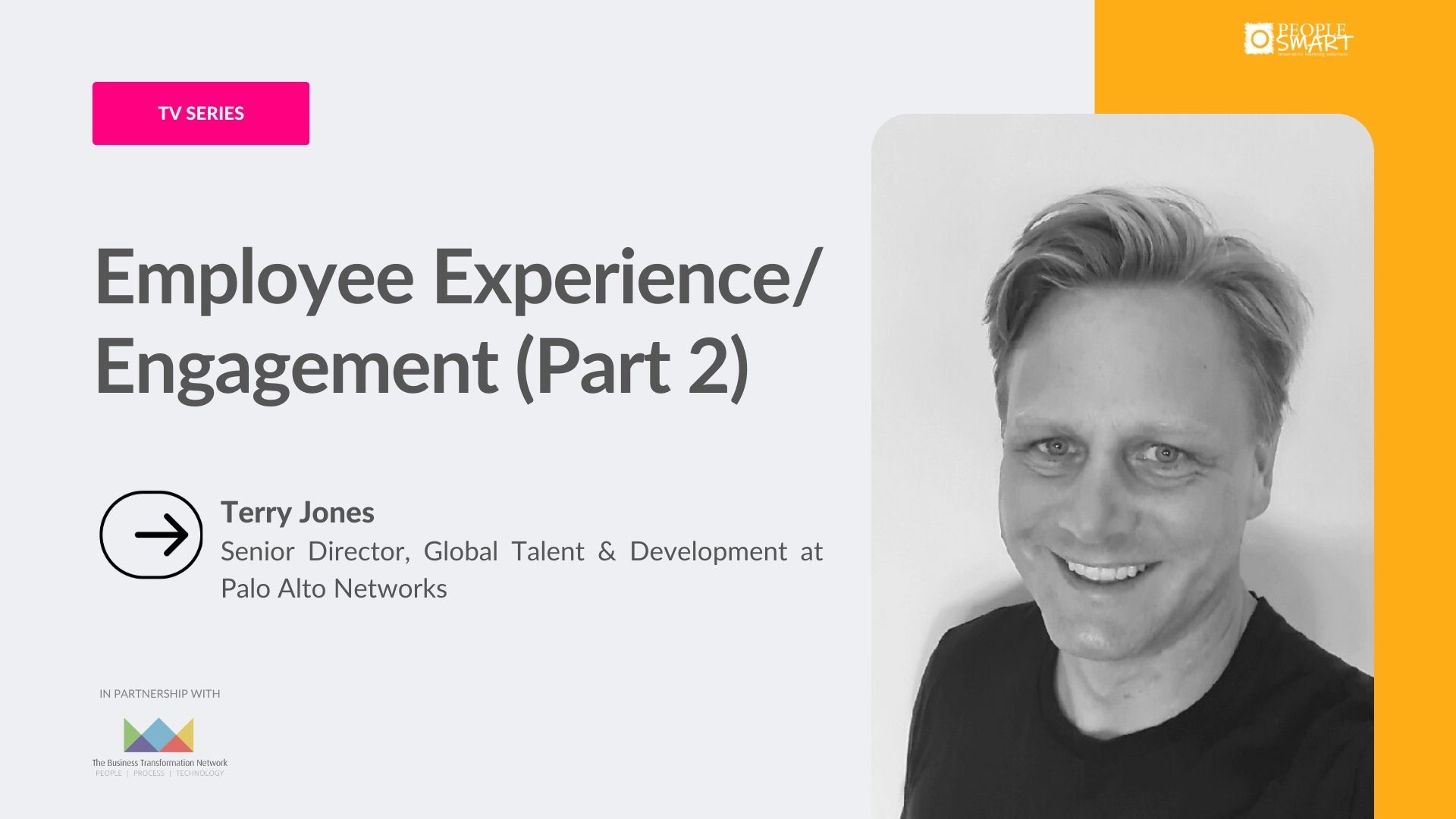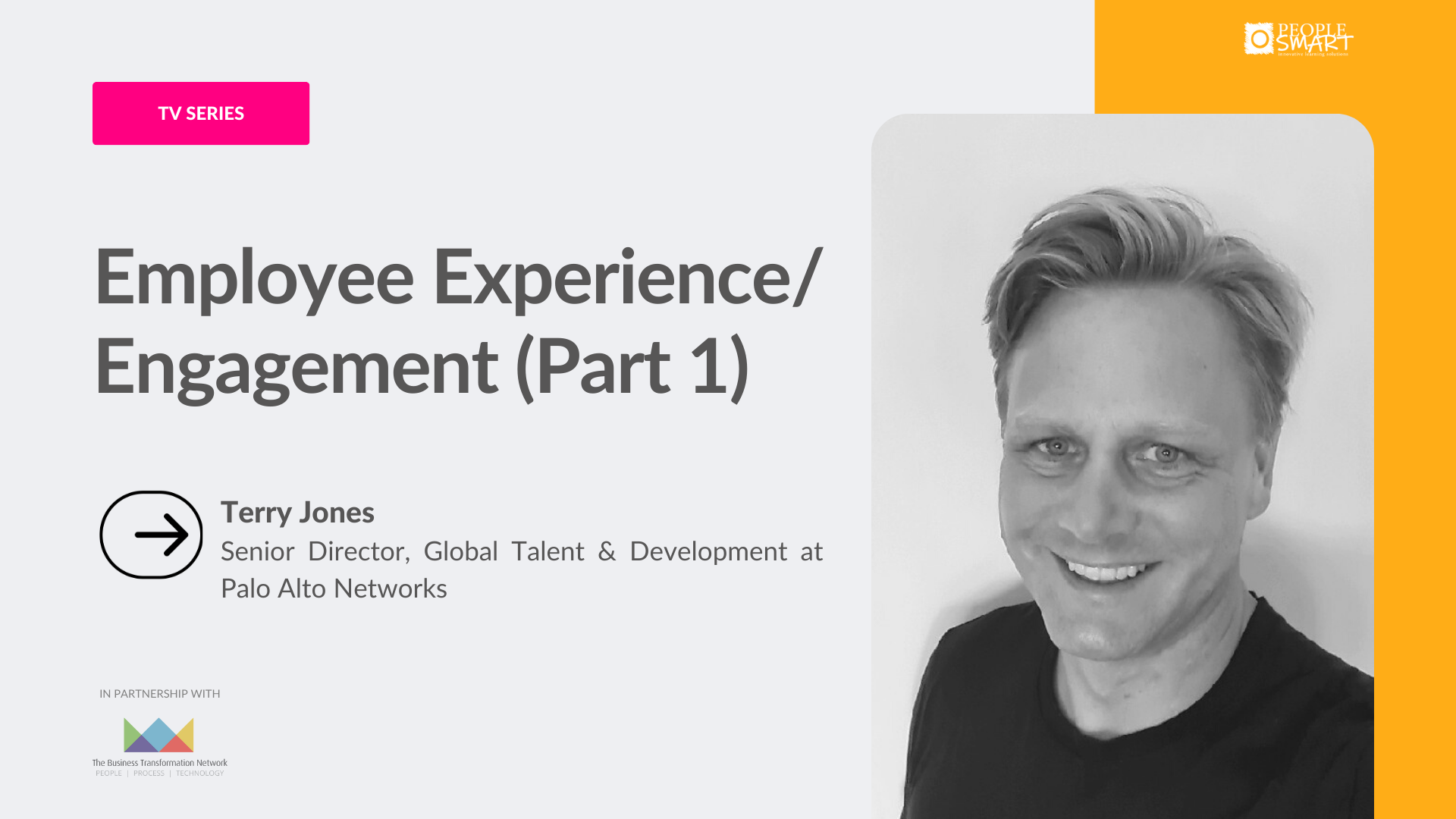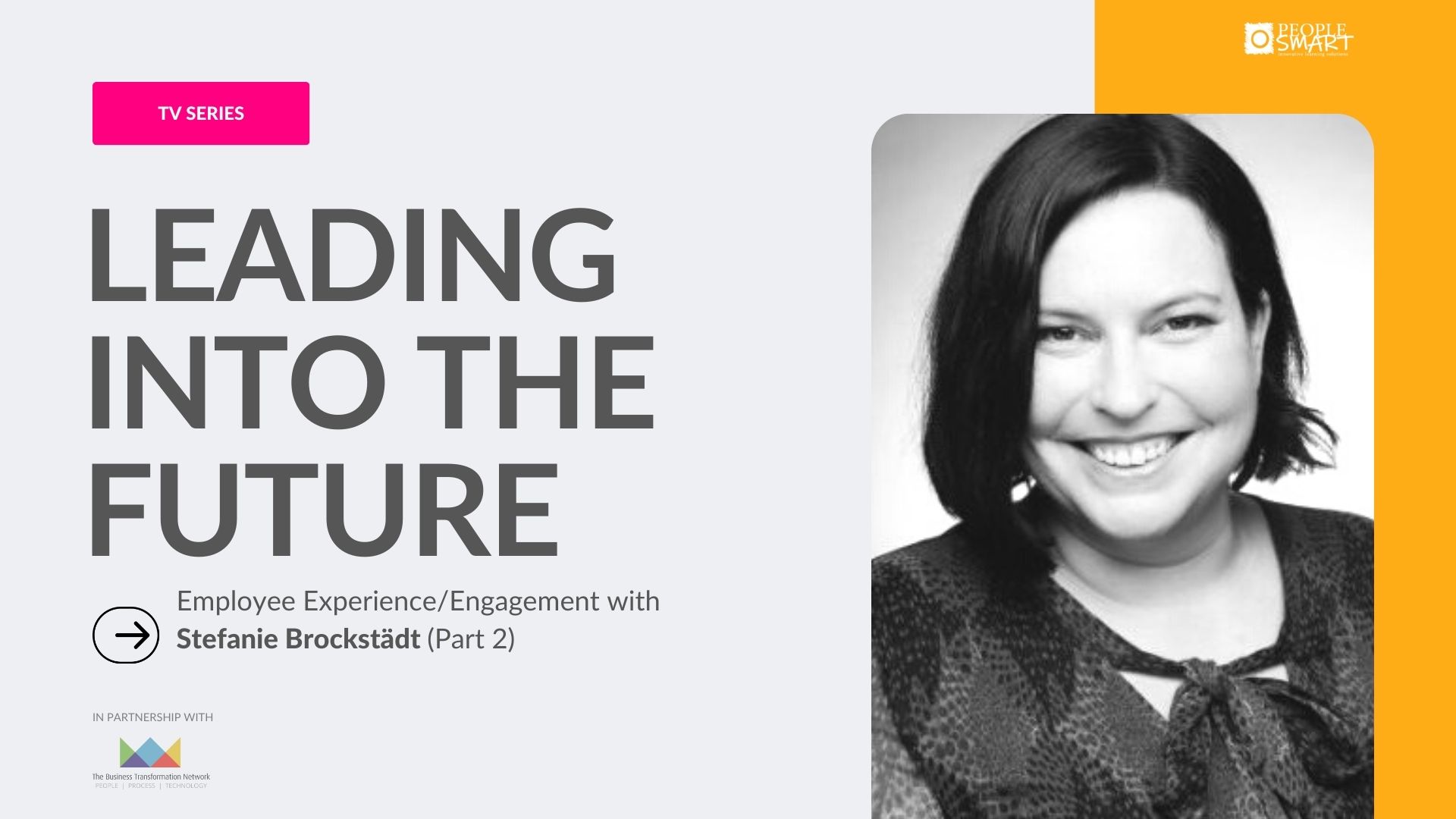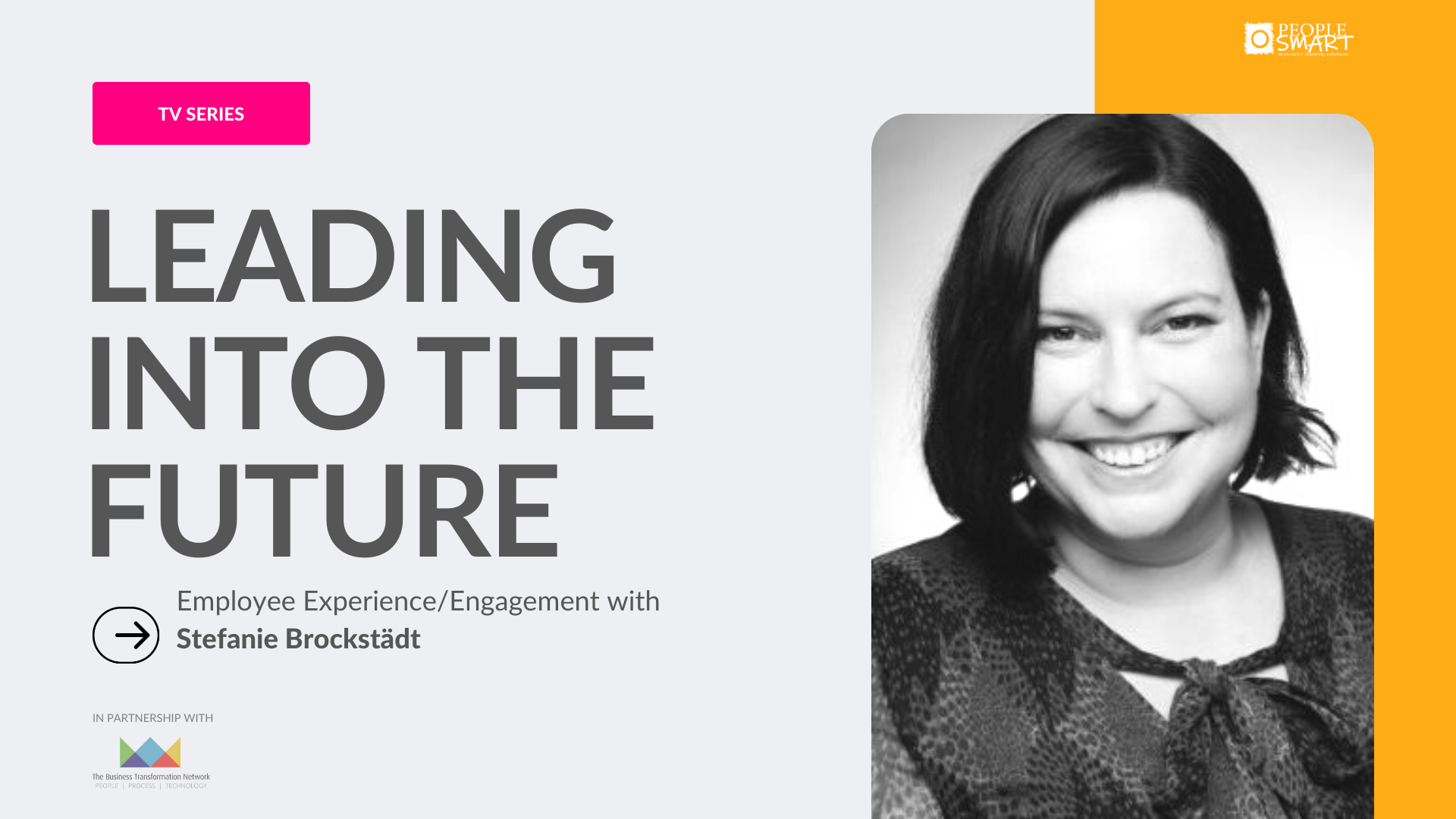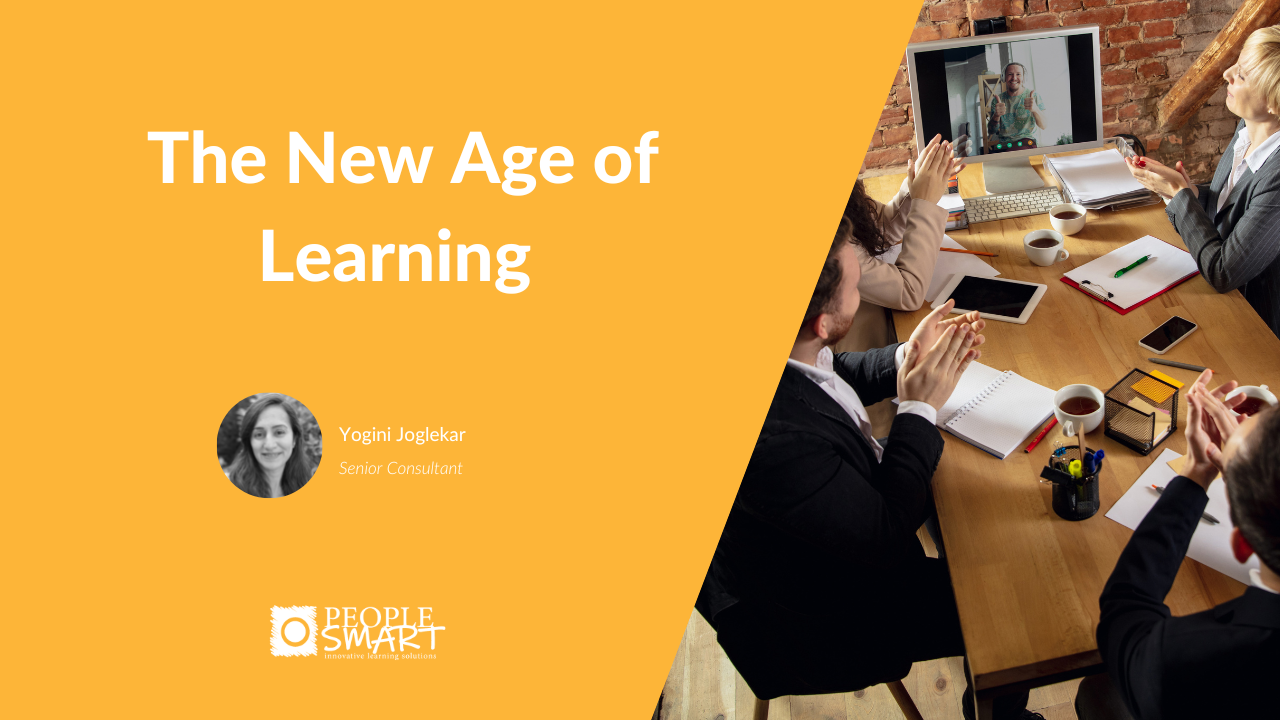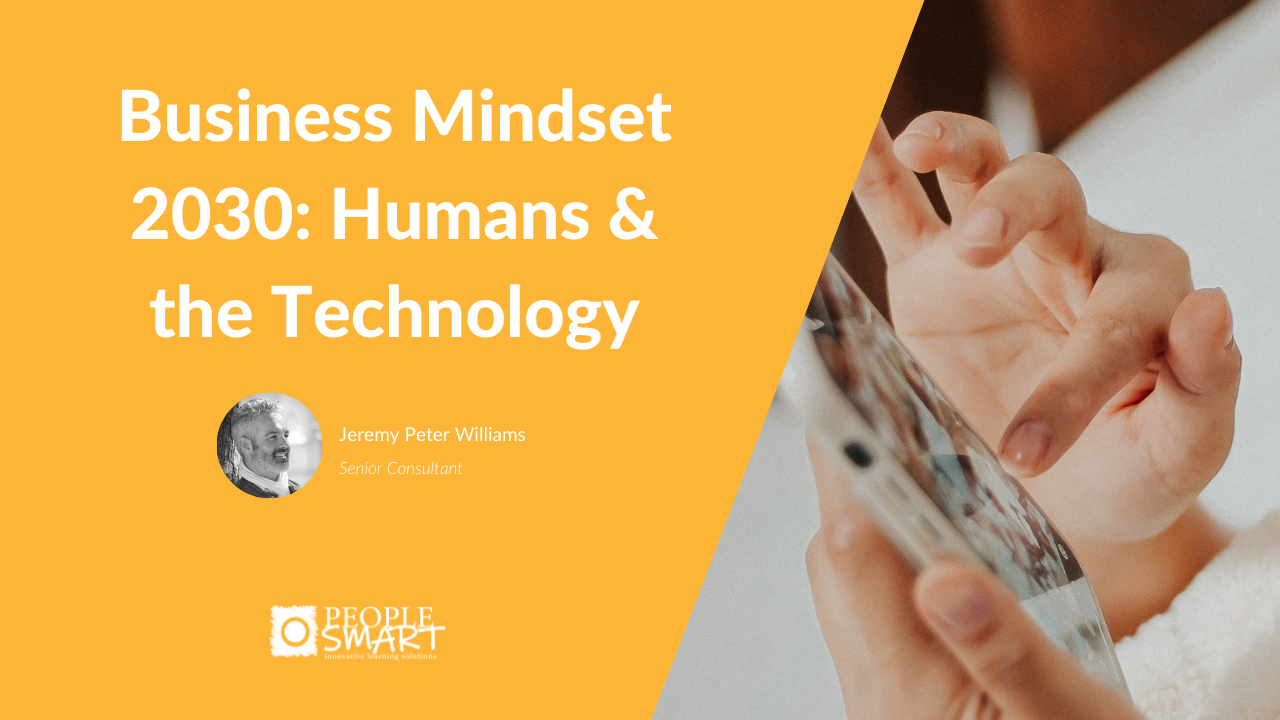In part 3 of this exclusive video series in partnership with @The BTN, @Terry Jones (Senior Director, Global Talent & Development at Palo Alto Networks) discusses ‘Employee Experience’ where he identifies what role the office plays going forward.
Archives: Blogs
Some Thoughts About Bold Leadership
Why is Bold Leadership more important now? In these difficult times people and organizations have a tendency to withdraw, become defensive and risk averse. It is essential that leaders, and indeed you and I, are willing to make bold decisions that allow everyone to move forward despite this inertia and fear ridden environment.
But let’s not confuse bold with reckless. In the face of a crisis, some people have a panicky knee jerk reaction. A good example was the recent budget presented by Prime Minister Truss of the UK. In attempting to be the heroic and courageous savior of the nation she was effectively committing hari kari. Her budget was ill considered and impulsive and consequently, she lost her job.
For the sake of this article, we can assume that a bold leader is someone who is looking to make a positive impact in the world. A bold leader can emerge in any walk of life. Bold leadership is a type of skill and can be developed. It needs a blend of careful preparation and planning mixed with audacity, imagination, and risk taking. It is not about Impetuous decisions that are selfish and inconsiderate of their impact on others.
You do not have to be loud or Superwoman to be a bold leader. People love authenticity and a bold approach can be inspiring and motivating especially during these challenging times. A bold leader is typically someone who is exciting to be around and has a vision that captures the imagination and gives meaning to the work of the team or organization.
Are you a bold leader? Do you aspire to be one? Here are some suggestions for you to consider:
- In the best sense, you mustn’t care about what others think. When you stick your neck out you should expect some ‘flak’. At the same time, one needs to remain calm, balanced, and respectful in responding to the naysayers. Don’t seek others’ approval or pursue strategies just to please people. Be strong in your beliefs about what is the right thing to do.
- Self-awareness is crucial. Be aware of how limited you are by history, both personal and otherwise. Then you can choose an alternative future. Timid leaders tend to say “That’s not possible because … (what has occurred to date) while bold leaders typically are not prevented by existing beliefs or history from imagining and creating new solutions.
- Mindset: Comfortable with discomfort. It ‘comes with the territory’ A bold leader is inevitably constantly testing the limits and moving beyond his or her comfort zone.
Apart from these aspects of self-management, the following are some characteristics that typically indicate a bold leader:
- Keep the faith over time and provide hope to others
- Creates something that didn’t exist before
- Willing to challenge the status quo
- Risk taking and open to failure
- Courageous
- Imaginative
- Acts on behalf of the ‘whole’ versus ‘self’
Reflection Exercise: what one or two items from above would you like to improve and why?
And then there’s the mystical/spiritual aspect of bold action.
Have you ever been faced with a ‘blank’ future – maybe a divorce or a loss of a job? And then your only choice is to take a risk and jump into the unknown. This takes courage and a trust that you will land somewhere! Even better if you have identified your purpose and are willing to commit to a path that represents fully who you really are.
There is a clear connection between being committed and being bold. When you commit you put a stake in the ground which takes courage because you are publicly stating your intention and cannot hide.
This is one of my all time favorite quotes and I think it’s a good way to finish this short collection of ideas. You may have seen it before but please take a moment to reflect and relate to your own life.
“Until one is committed, there is hesitancy, the chance to draw back. Concerning all acts of initiative (and creation), there is one elementary truth, the ignorance of which kills countless ideas and splendid plans: that the moment one definitely commits oneself, then Providence moves too. All sorts of things occur to help one that would never otherwise have occurred. A whole stream of events issues from the decision, raising in one’s favor all manner of unforeseen incidents and meetings and material assistance, which no man could have dreamed would have come his way. Whatever you can do, or dream you can do, begin it. Boldness has genius, power, and magic in it. Begin it now.” – W.H. Murray
Reflection Exercise: think of two real-life bold leaders you admire. What makes them bold?
My examples are:
- Anwar Sadat who risked his life to travel to Israel in 1973 to catalyze the Camp David peace accords
- Sir Richard Branson who pivoted from selling discounted rock records to founding a major airline. This required vision and imagination.
What are yours?
Michael Banks
February 2023
.
.
.
.
.
If you want to know more about PeopleSmart and the services we offer reach out to us for a conversation: contact@peoplesmart.fr
Employee Experience/Engagement with Terry Jones – Part 2
In part 2 of this exclusive video series in partnership with @The BTN, @Terry Jones (Senior Director, Global Talent & Development at Palo Alto Networks) discusses ‘Employee Experience’ where he identifies what resources you need to ensure that you can create a unique experience for each employee.
Employee Experience/Engagement with Terry Jones – Part 1
In part 1 of this exclusive video series in partnership with @The BTN, @Terry Jones (Senior Director, Global Talent & Development at Palo Alto Networks) looks at ‘Employee Experience’ where he discusses what the main keys are to providing a successful and engaging employee experience.
Employee Experience/Engagement w/ Stefanie Brockstädt (Part 2)
In part 2 of this exclusive video series in partnership with @The BTN, Stefanie Brockstädt (Head of L&D at Berlin Brands Group) discusses ‘Employee Experience/Engagement’ where she looks at what resources companies need to ensure they create a unique experience for each employee.
Stefanie then goes on to talk about what employee experience looks like to her which she explains is something that needs to start at the top and be decided as a company.
Employee Experience/Engagement w/ Stefanie Brockstädt (Part 1)
In this video Part 1 Stephanie Brockstadt, Head of Learning & Development at Berlin etc. is first asked the question “How can we ensure well-being is embedded within all aspects of employee experience?” The new generation of workers has shifted their priorities since covid and the war in Ukraine. They are looking for physical and mental stability. Certainly in Europe. So people are looking for a healthy style and a focus on looking after themselves. They view these things as more important than money. At the same time Stephanie says that providing benefits such as yoga and access to therapy can sometimes be ‘over engineered’ and expensive. Less costly to arrange is flexible working hours and hybrid locations even including working from other countries.
The next question is “Where does well-being start?” and Stephanie’s response is that it starts with the individual working on themselves. When one calms oneself it has a positive effect on others in the company as well as the self. And then, in Stephanie’s opinion, a great employee experience is only possible when everyone is included. For example, there are many different kinds of disabilities and leaders need to be sensitive and responsive to everyone’s individual circumstances. Ideally this should come naturally if the leader genuinely cares about others and is truly empathic.
Bold Leadership with Sean Penistone (Part 2)
In this second part of the interview with Sean Penistone, Former Head of L&D and Talent at Colt Technology Services, begins by answering the question: “What is your take on how the business landscape will look in 2030?” He describes how Colt has launched a hybrid working initiative giving people the freedom to choose where and how they work.
This is going well however Sean shares how difficult it is to build a corporate culture when everyone is not together in the same space. Much thought will be given to how to refine hybrid working over the next few years. Certainly Sean believes some kind of ‘communal space’ will have a role to play.
Then comes the question: “What do you think the style of a leader needs to be going forward?” Sean thinks that “managers need to be more generous”, be more deliberate with giving feedback, and listen and include people more. Managers will need to develop the skill of facilitating meetings where some are not physically present. And he concludes by suggesting that we ALL will have to change to some degree in the future to successfully accommodate this ‘workplace’.
Bold Leadership with Sean Penistone (Part 1)
Sean begins by answering the question “What do you feel is a business mindset for the coming decade and what facets do you predict will have the biggest influence across businesses?” He believes that one of key skills will be mining data to gain actionable insights with the help of AI and machine learning. In his time at GSK they looked for data in everything and he found this extremely helpful.
Another question is: “How do you think your people will interact with and leverage this revolutionary change?” Sean explains how hard it is to get people to step into the unknown and “break the rules” in service to growth. At GSK he established a Capabilities document that was used to help employees develop the right attitudes and mindset to be positive change agents. Leaders at GSK were asked to spend time coaching staff to develop these capabilities in themselves and this enabled huge leaps forward in the organization.
The key for Sean is “leaning into the art of the possible” and having an open, growth oriented mindset. Experimentation and challenging ‘sacred cows’ is vital to creating a new future for the business. Small test projects were established using ‘calculated risks’ and then scaled up if there was success. Experimentation and failures were subjected to learning reviews. And in this way internal red tape and bureaucracy could be avoided.
The New Age of Learning
The world has changed dramatically over the past three years– and with it, the world of learning and development. Just as trainers and L&D professionals settled into online delivery, we have now shifted back to hybrid workplaces. Some organizations have reintroduced in-person training, while others are mixed or have declared themselves fully virtual.
The new age of learning is no longer the future – it’s the present. Companies that resist can find themselves struggling to fill open positions as employees take more control of their own careers. Front and center of employee-driven learning is the ability to learn on demand, in an engaging, interactive, personalized way that is as flexible as online learning and yet has the magic and charm of in-person interactions. In other words, the future of learning has to be phygital: combining the best of both physical and digital worlds. How are trainers to pivot to this new training normal?
This new age of learning, training, and development doesn’t have to be one we resist. Forward-thinking companies can embrace the changes and adapt to a world where a commute of several hours is replaced by productivity and where in-person doesn’t have to mean everyone must be in the same room.
Let’s take a look at how training is evolving and how companies can look to entice, train, and retain employees. But first, how did we get to this point?
The Year Everything Changed
As 2019 began, there was already a growing disconnect between employees, who for years had wanted more freedom in the way they worked, and their employers. Many employers believed the requested freedoms would create lackluster results.
The COVID-19 pandemic forced everyone indoors. Traditional companies wishing to stay in business were catapulted into a future they hoped was many years ahead. For them, work meant everyone coming together under one roof to move toward the same goal.
The idea of using a remote workforce for traditional companies meant losing control. How would employers know if each employee was putting in the adequate amount of time each day? COVID left them no other choice. Employees gathered only the equipment needed from offices and created home workspaces in a matter of days to keep things running the best they could under the new circumstances.
Technology Does Not Stop
It’s easy to blame the pandemic for the changes but remote training is here not because of COVID, but because of technological advancements. Virtual reality simulations have existed for many years. Long before 2019, pilots logged hours in flight simulators before flying real planes with passengers or cargo. The same can be said for military and law enforcement training.
Technology is also what may have saved the world economy during the pandemic. Without the advancements of the last decades, how would we have kept moving in the midst of this outbreak?
While VR’s benefits were initially embraced by the gaming community, many knew its real benefits revolved around the technology’s ability to create a real sense of place and community. The VR market is expected to bring in over $12 billion in revenue by 2024.
Opposing Sides
As COVID becomes a more manageable disease, employers and employees are seemingly pulling in opposite directions. Businesses want everyone to return to the workplace of old while employees now realize much of their work can be completed from home and would like to hold on to the new ways.
This opposition is what has led to today’s Great Resignation. Employees exercised their value and resigned from companies they feel are refusing to change in search of companies more in tune with where work is heading. In 2021, over 47 million workers quit their jobs.
Training Must Evolve
Training professionals must always be aware of the changes coming to the workforce. As generations bring a new outlook to work, trainers must be ready to meet their expectations to create an engaged workforce that believes in a company’s values and takes that company to a bright future.
Think of anybody coming into an onboarding training session today. This person has spent most of their life to this point learning with the use of a computer, tablet, or phone. A trainer asking them to put away all electronics and take out paper and a pencil to take notes would be a bright red flag about this company as a whole.
Training in Web 3.0
The internet as we know it today is a tool designed to help our machines connect all around the world. Yes, you are highly communicative online, but you are fully aware that it is happening by communicating from one device to another.
In training, web 2.0 enabled people to train from anywhere with a solid internet connection. They do so with courses presented to them on the screen that ask them to read training material or view scenarios covering the material. A test is usually given to employees after completing the lessons.
The shortfall of this training is that while it uses the web, it still relies on old methods of teaching developed decades ago. The idea is to memorize what is being taught. The concepts are then repeated as proof of understanding.
Let’s go back to the pilots in flight simulators example. How comfortable would you feel getting on a plane if your pilot’s only experience came from reading a digital session and taking a written test?
Enter training in Web 3.0, a new development that promises us a decentralized, user driven, fairer internet. A clear picture of Web 3.0 or Web3 as it is known is still evolving. What we do know is that Web3 will change the face of L&D as learners expect more authentic experiences that they can control and customize to their learning pace and environments (work from home and otherwise).
Learning in the Metaverse
The metaverse, a key concept of Web 3, is the evolution of the internet. Rather than connecting machines to machines, you will now travel to a central place of communication. The channels for this new level of communication and collaboration are virtual and augmented reality. Together, they form Extended Reality, also known as XR.
Benefits of XR Training
XR training is the new age of learning. Thanks to XR, your physical location is no longer a limitation. Trainers can live in one country and onboard a group of new employees scattered throughout the globe. The team can work together as if they were in one room because while connected, they are.
Training in a virtual space is the opportunity we have all dreamed of for a long time. You can now ditch the old ways of teaching in favor of an experiential approach. You’ll cut down training time, engage your personnel, and teach the way human beings learn best.
Who Is Using XR Training?
Here are some examples of companies already taking advantage of XR training:
- Ford Motor Company: Worked with Bosh to develop a VR training tool for their service technicians
- Dermalogica: Uses a VR training program complete with an AI trainer for its 100,000 skin therapists
- Bank of America: VR program consists of 20 simulations for its workforce of 50,000
The New Age of Learning: Wrap-Up
The key to successfully training a new generation of people is to look forward and not back. Robert Lambrechts of Pereira O’Dell said it best, “I don‘t think there‘s ‘going back‘ to anything. That world, whatever we did in January 2020, doesn‘t exist anymore.”
The skills gap continues to grow. Traditional schools are not keeping up with the demands of today and online training is not enough. Employees are looking to their employers to coach and develop them using methods not stuck in the past.
As trainers, it is our responsibility to work to close the skills gap and XR training is one of the best tools available to do it. Edstutia’s trainer certification program is designed to prepare trainers to fully understand instructional design, development, and delivery in XR and to put their best Web3 foot forward in engaging and developing top-notch talent.
Dr Yogini Joglekar is COO of Edstutia and Senior Consultant at PeopleSmart, specializing in change leadership, communication, and learning technologies.
Business Mindset 2030: Humans & the Technology
Do you control your phone or does it control you?
According to a recent study in the US, 66% of people surveyed show signs of ‘nomophobia’ – the fear of being without their phones. Also, the same study revealed that users unlocked their phones on average 150 times per day. This constant distraction can have profoundly negative effects on our relationships. In early 2010 I purchased a shiny new smartphone (for my job of course) and immediately fell in love with having a mini computer in my pocket. I could manage my emails, diary, messaging, banking…everything on the go. We’ve all been there right, but this was different to most of the technology that had come before – it was highly addictive but not like gaming or TV. Even for those of us who felt that we were not easily distracted, the allure of maximising our ‘efficiency’ and being ‘always contactable’ has remained with many of us to this day. The question for a lot of people now is, “Has the technology improved our lives or made it worse i.e; more stressful with increased anxiety?” As I was in and out of meetings a lot during this period, I left my phone in ‘silent’ mode and it has pretty much stayed that way to this day as my wife can confirm! Of course, this isn’t always possible but it highlights a common power struggle that we have vis-a-vis our tech.
Humans still have centre stage – people matter
Business is about people – our collaborators who we entrust to deliver our promise day in and day out and our customers who believe what we believe and vote with their wallets. Technology is great and laptops and smartphones have revolutionised our professional mobility plus, coupled with a vast array of apps and software, we now can work from anywhere 24 hours a day if we wanted to. It is essential however, to strike a healthy balance. Many of us have a myriad of apps open at any one time and this can limit our ability to deeply focus on tasks without being constantly distracted. Multitasking is an enemy of productivity and the struggle now is how to design into our
daily flow, periods of uninterrupted work. This is a real challenge for many people and it is those who manage to do this well who will ultimately succeed. Without a high level of wellbeing, all of us, both personally and professionally will suffer so we have to act now.
Rise of AI and the move towards decentralisation
Two key areas of technological development are shaping our world more than ever – these are; artificial intelligence (AI) and blockchain.
Artificial intelligence is the simulation of human intelligence processes by machines, namely computer systems. Specific applications of AI include natural language processing, speech recognition and machine vision. In general, AI systems work by ingesting large amounts of labelled training data, analysing the data for correlations and patterns, and using these patterns to make predictions about future states. For example, a chatbot that is fed examples of text exchanges can learn to produce lifelike exchanges with people, or an image recognition tool can learn to identify and describe objects in images by reviewing millions of examples. AI programming focuses on three cognitive skills: learning, reasoning and self-correction.
The aforementioned highlights the machine learning element or ‘soft’ AI and most of us are familiar with these types of algorithms working away in the background when we use Google, Facebook, Amazon etc. Who has been on a Youtube video spiral based on the recommendations..? The ‘hard’ AI is the next level and the one of concern as this is when the machines start to think for themselves rather than basing their ‘behaviour’ on being fed information. Great minds of our time such as Elon Musk and Richard Branson have all voiced deep concerns about ‘hard’ AI.
Blockchain is fast becoming well regarded in many industries and the use cases are plentiful; finance, supply-chain, cyber security, voting, anti-counterfeiting etc. Essentially, blockchain is a decentralised, immutable and secure ledger of transactions that by its very nature, is significantly more secure than a database and has ‘trust’ built in from inception. A blockchain therefore removes the third party from transactions (think: banks, custodians, estate-agents etc.) so it’s turning the centralised world as we know it on its head.
Mindset for success
As these two exciting technological advancements accelerate us into our increasingly digital futures, it begs the question, “Where do we as humans fit into the mix?” Here are a few pointers to consider:
- We must remember that our technology works for us, not the inverse, therefore setting rigorous boundaries for its use is key. Create a company ‘Tech charter’, communicate it well and stick to it.
- When possible, maximise human face-to-face contact as this is where true connection happens.
- Over communication can easily overwhelm collaborators so agree on ‘how’ different types of collaboration should be conducted and on what channels and platforms. Using three types of file sharing platforms for projects is a recipe for disaster. Focused communication wins.
- At a Comex company level, don’t be afraid of the technology, leverage it! Set up a sandbox to experiment with AI and blockchain and share your findings with the team.
- Challenge the 60 minute meeting default. How about 15, 30 or 45 minutes instead with 2, 3 or 4 attendees..?
- Actively encourage and support your collaborators to disengage to re-engage by building a meaningful life outside of work. Work hard, play hard and foster well-being.
Jeremy Peter Williams 08.03.2022

